Feature
-
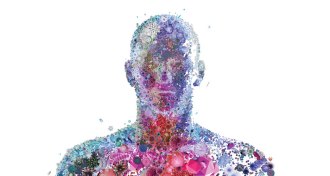 Microbes
MicrobesThe vast virome
When it comes to the microbiome, bacteria get all the press. But virologists are starting to realize that their subjects also do a lot more than make people sick.
-
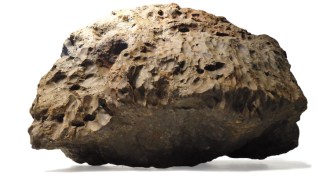 Astronomy
AstronomyYear in Review: Meteorite makes an impact
A falling rock delivers a wake-up call.
By Andrew Grant -
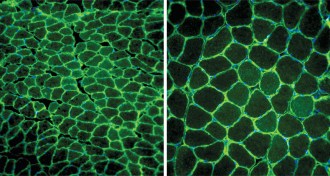 Life
LifeYear in Review: Gift of steroids keeps on giving
Mouse muscles stay juiced long after doping ends.
-
 Animals
AnimalsYear in Review: Odd cicada history emerges
Brood II returns better understood.
By Susan Milius -
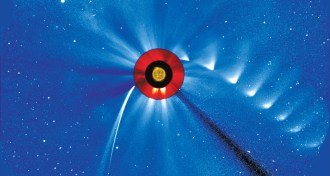 Astronomy
AstronomyYear in Review: Visitor from the Oort cloud
A visitor from the outer solar system flies past the sun.
-
 Math
MathYear in Review: Progress made toward twin prime proof
A surprising advance sparks a flurry of work on the mathematical conjecture.
-
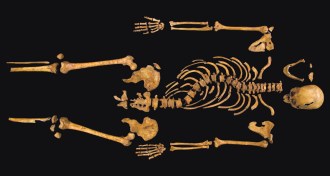
-
 Cosmology
CosmologyYear in Review: Dark energy gets more confusing
New data raise the prospect of a ‘Big Rip’ destroying the cosmos.
-
 Animals
AnimalsYear in Review: Canine genealogy
Competing clues confuse the story of dog domestication.
By Meghan Rosen -
 Planetary Science
Planetary ScienceYear in Review: Methane shortage on Mars
A trace of the gas is not enough to be a sign of life.
By Erin Wayman -
 Neuroscience
NeuroscienceYear in Review: Obama unveils brain initiative
In April, the president announced an ambitious plan to reveal the human brain’s secrets.
-
 Psychology
PsychologyYear in Review: DSM-5’s controversial debut
The diagnostic manual updates disorder criteria.
By Bruce Bower